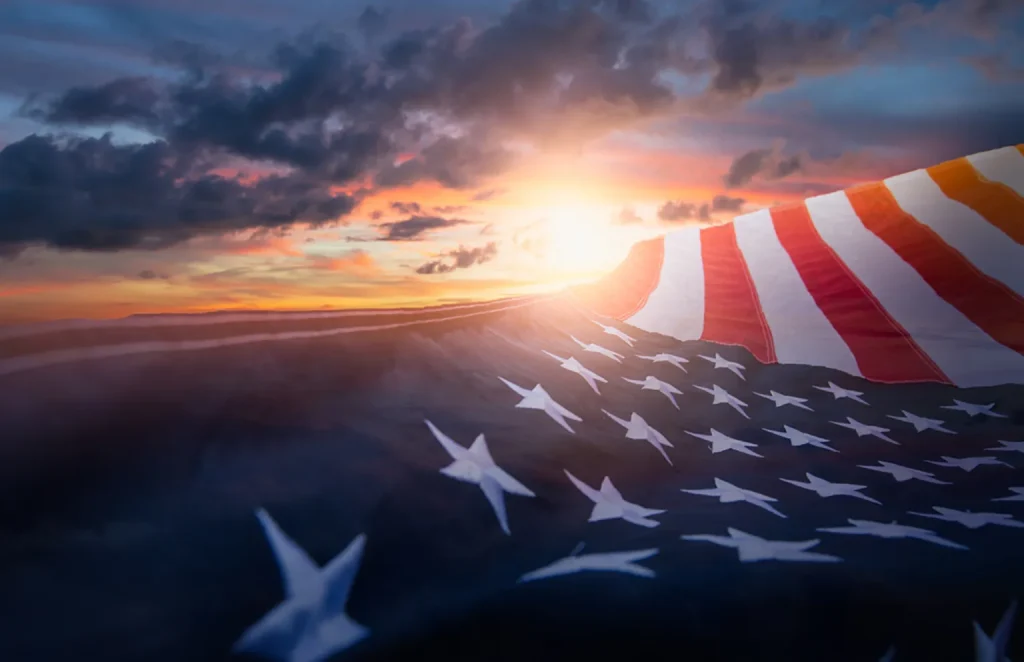
Flag Day is celebrated on June 14, marking the adoption of the American flag by the Continental Congress in the First Flag Act on June 14, 1777. The Act declared that the new flag would have “13 stripes alternate red and white: that the union be thirteen stars, white in a blue field, representing a new constellation.”
HOW TO DISPLAY A U.S. FLAG:
- According to the U.S. Department of Veterans Affairs, the flag can be displayed so long as the flag has a light on it when it’s dark outside.
- It can often be displayed, especially on national and state holidays and special occasions.
- Flags should be on or near the main building of public institutions, schools during school days, and polling places on election days.
- The flag should be “hoisted briskly and lowered ceremoniously.”
- The flag should be carried either on the marching right (the flag’s right) or to the front and center of the flag line.
- It should be “flat or suspended so that its folds fall free when the flag is displayed other than from a flagpole.”
- The U.S. flag must be at the top when flags as states, cities, or organizations are on the flagpole.
WHAT NOT TO DO WITH A U.S. FLAG:
- Should not use the flag as a receptacle for receiving, holding, carrying, or delivering anything.
- Do not affix anything to the flag or mark it with any insignia, letter, word, number, figure, or drawing.
- Don’t use it as part of a costume or athletic uniform. A flag patch is OK to use on the uniforms for military personnel, firefighters and law enforcement officers, and members of patriotic organizations.
- Do not use it for any advertising — including printing on discarded items like handkerchiefs, napkins, or boxes.
- Don’t turn the flag upside down — the flag is only turned upside down as a distress signal.
- Do not use it to drape or cover anything.
- Don’t display the flag during rain, snow, and wind storms.

